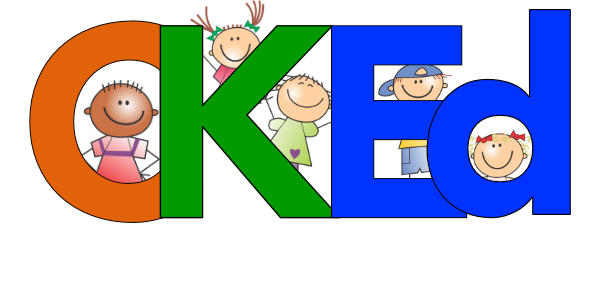January K - 2 Session
KINDER: MODULE 4 - Number Pairs, Addition and Subtraction to 10
Slide Deck for Kinder Module 4
South Carolina Support Document - Kinder
GFletchy Counting Progression: Addition and Subtraction
Finger Counters by Marc Peyser
K.ATO.1 Model situations that involve addition and subtraction within 10 using objects, fingers, mental images, drawings, acting out situations, verbal explanations, expressions, and equations.
K.ATO.2 Solve real-world/story problems using objects and drawings to find sums up to 10 and differences within 10.
K.ATO.3 Compose and decompose numbers up to 10 using objects, drawings, and equations.
K.ATO.4 Create a sum of 10 using objects and drawings when given one of two addends 1 – 9. (CCSS: K.OA.4 For any number from 1 to 9, find the number that makes 10 when added to the given number, e.g., by using objects or drawings, and record the answer with a drawing or equation.)
GRADE 1: MODULE 3 - Ordering and Comparing Length Measurements as Numbers
Slide Deck for Grade 1 Module 3
South Carolina Support Document - Grade 1
How Big Is a Foot? (read aloud)
Math Learning Center Apps (Geo Board)
1.ATO.1 Solve real-world/story problems using addition (as a joining action and as a partpart-whole action) and subtraction (as a separation action, finding parts of the whole, and as a comparison) through 20 with unknowns in all positions.
1.MDA.1 Order three objects by length using indirect comparison.
1.MDA.2 Use nonstandard physical models to show the length of an object as the number of same size units of length with no gaps or overlaps.
1.MDA.4 Collect, organize, and represent data with up to 3 categories using object graphs, picture graphs, t-charts and tallies.
GRADE 2: MODULES 8 - Time, Shapes, and Fractions as Equal Parts of Shapes
Slide Deck for Grade 2 Modules 8
South Carolina Support Document - Grade 2
GFletchy Counting Progression: Fraction Comparison and Equivalence
2.MDA.6 Use analog and digital clocks to tell and record time to the nearest five-minute interval using a.m. and p.m.
2.G.1 Identify triangles, quadrilaterals, hexagons, (and cubes). Recognize and draw shapes having specified attributes, such as a given number of angles or a given number of equal faces.
2.G.3 Partition squares, rectangles and circles into two or four equal parts, and describe the parts using the words halves, fourths, a half of, and a fourth of. Understand that when partitioning a square, rectangle or circle into two or four equal parts, the parts become smaller as the number of parts increases.
Read Alouds:
Online Tools:
